Steeped in history and full of character, Kolkata is often celebrated as India’s cultural capital and an architectural treasure. From grand colonial-era structures to intricately designed Bengali mansions, the city offers a stunning mix of heritage buildings that tell timeless stories. Whether you’re a history enthusiast, architecture lover, or curious traveler, exploring Kolkata’s most iconic heritage sites is like walking through the pages of a living history book.
In this article, we spotlight five must-visit architectural landmarks that reflect the city’s glorious past and enduring charm.
Writers’ Building: Kolkata’s Colonial Icon
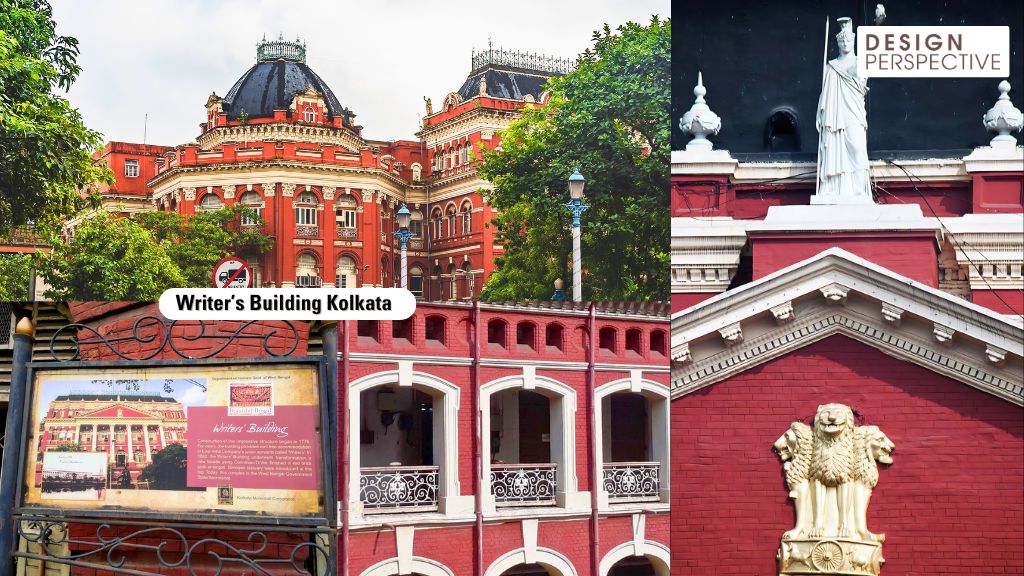
Built in 1777 by Thomas Lyon, the Writers’ Building is Kolkata’s first three-storied structure and a masterpiece of Greco-Roman architecture. Originally designed for British East India Company clerks, its grand portico, Ionic columns, and sculpted figures reflect colonial grandeur. Over time, it witnessed key moments in India’s freedom movement, including the 1930 assassination of N.S. Simpson. Today, even amid restoration, it stands as a powerful symbol of Kolkata’s historic and architectural legacy.
Indian Museum, Kolkata: Where Architecture Meets Legacy
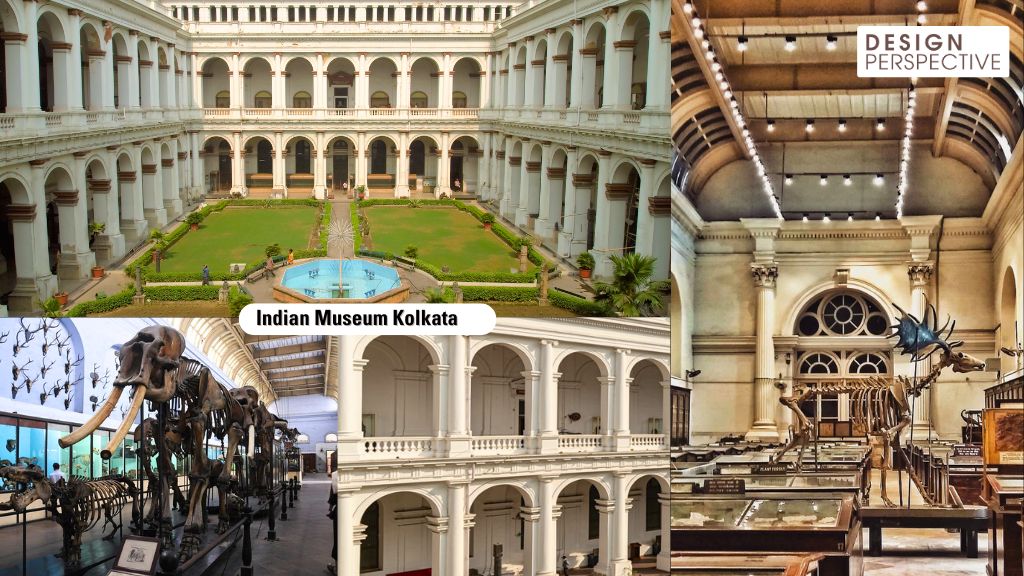
Established in 1814 and redesigned in 1875 by Walter Granville, the Indian Museum is a hallmark of neoclassical architecture. Its tall Corinthian columns, arched windows, and spacious courtyards reflect colonial grandeur while also serving practical functions like ventilation and natural lighting. Spread across multiple galleries, the building was thoughtfully planned to house India’s most treasured collections in art, archaeology, and culture. More than a museum, it’s an architectural narrative of India’s evolving identity.
Jorasanko Thakur Bari: A Cultural and Architectural Journey
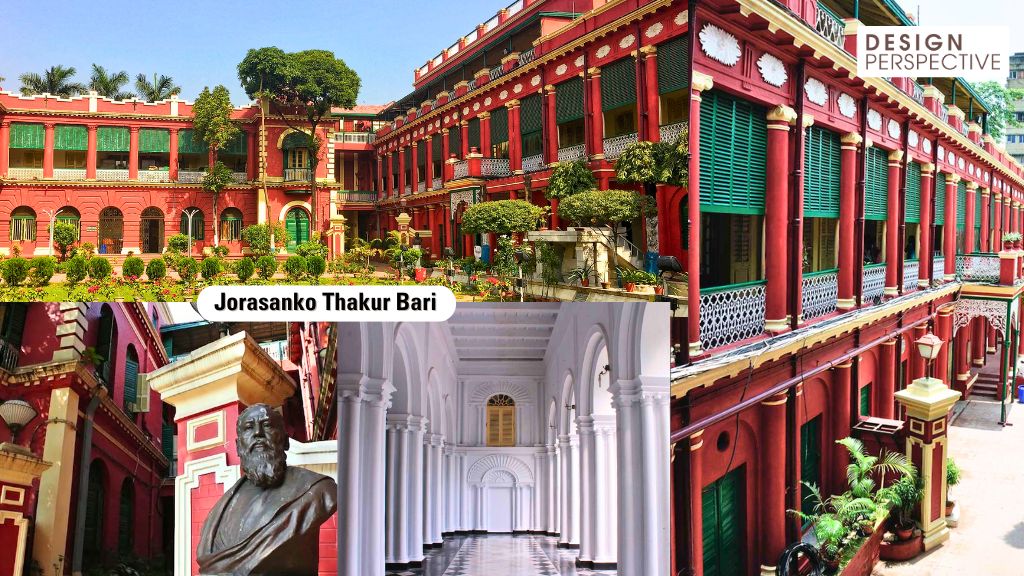
Jorasanko Thakur Bari is a unique architectural blend of traditional Bengali and colonial styles. Built using red bricks, the mansion features elegant verandas, intricate wooden carvings, and arched colonnades that reflect the craftsmanship of its time. Its three-storey layout surrounds open courtyards, allowing natural light and ventilation to flow through the space. Elements like Mughal-inspired domes, European arches, and paired columns add to its visual richness. The narrow galleries connect rows of rooms, promoting a communal yet structured living experience. Designed with both cultural function and climate in mind, the mansion today serves as a museum and university, preserving the legacy of Rabindranath Tagore.
Raja Ram Memorial Museum: A Tribute to Heritage and Culture through Architecture
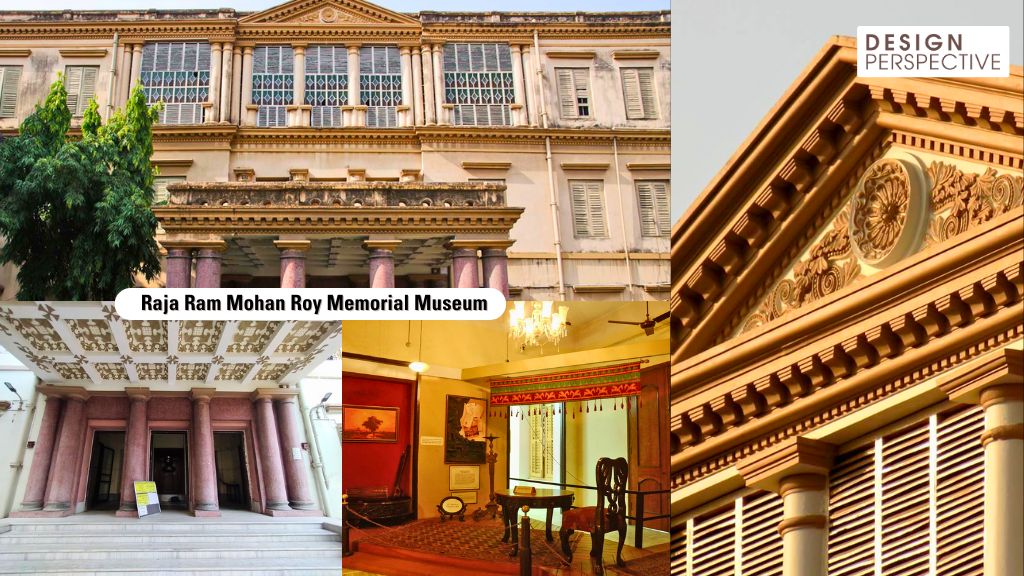
The Raja Ram Memorial Museum is a cultural landmark that honors the life and legacy of Raja Ram, a visionary reformer. Designed to blend traditional Indian and colonial architecture, the museum features intricate carvings, domed ceilings, and elegant galleries. It houses rare artifacts, manuscripts, personal belongings, and artworks that reflect the era’s rich heritage. The surrounding gardens add to its serene charm, making it a peaceful retreat for visitors. Through its exhibits and educational initiatives, the museum continues to inspire and inform future generations. It stands as a tribute to India’s enduring spirit of reform and tradition.
Victoria Memorial: A Timeless Blend of Indo-British Architectural Grandeur
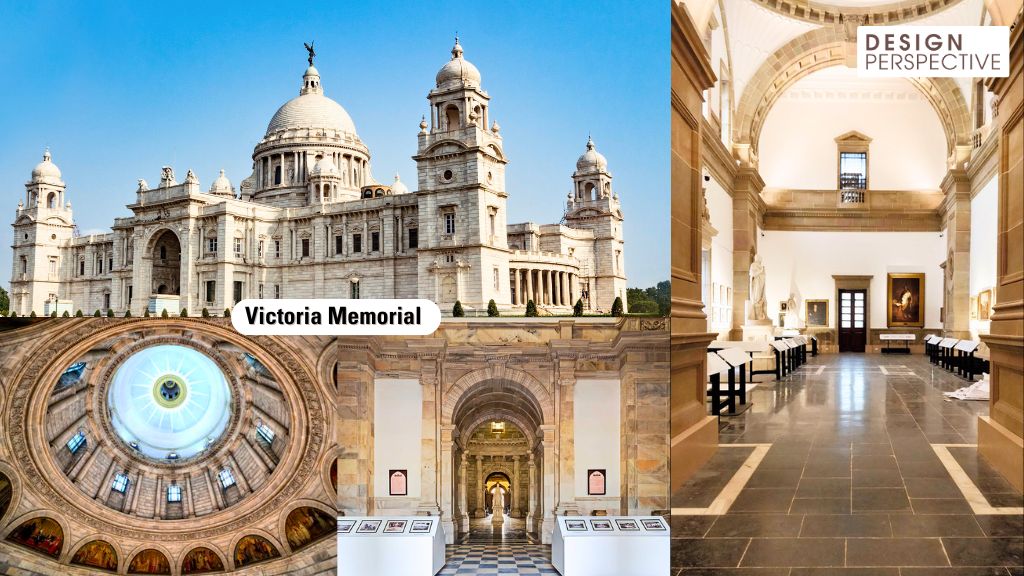
The Victoria Memorial is a remarkable example of Indo-Saracenic Revival architecture, fusing Mughal and British styles with touches of Venetian and Egyptian influence. Built from white Makrana marble, it features a grand central dome, smaller domes, chhatris, and ornate portals inspired by the Taj Mahal. Sculptures representing virtues like Justice and Charity enhance their symbolic richness. Designed by Sir William Emerson, the structure includes detailed ceilings, engraved marble walls, and classic colonial interiors. Surrounded by lush gardens planned by Lord Redesdale and Sir David Prain, the memorial beautifully blends architecture with landscape
Conclusion
These architectural icons are more than just landmarks; they are storytellers of Kolkata’s past, echoing the legacies of reformers, artists, and revolutionaries. As the city evolves, preserving these structures becomes crucial — not only to honor their history but also to inspire future designs rooted in cultural consciousness. And what better way to continue this dialogue than by bringing the design community together?
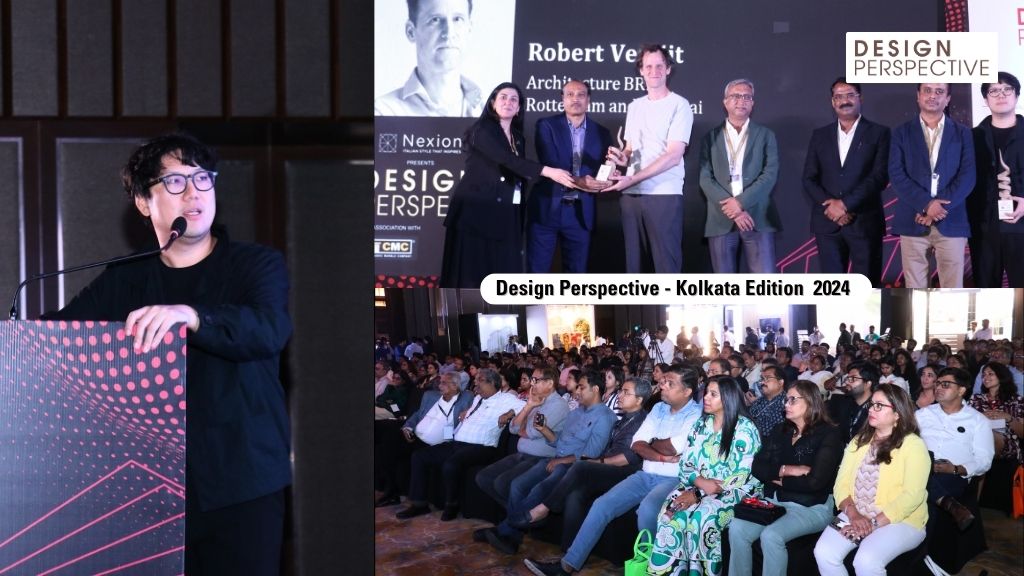
Design Perspective Kolkata is your chance to be part of this ongoing narrative, where heritage meets innovation, and ideas shape the spaces of tomorrow. Register now to be part of the conversation that defines the next chapter in Kolkata’s architectural journey
Date: 23rd May 2025
Event Location: Taj Taal Kutir, Kolkata
Timings: 5:00 PM Onwards
